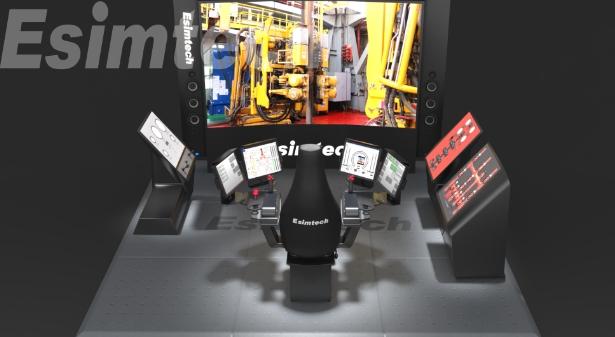Drilling simulators offer immense potential for enhancing safety, efficiency, and overall performance in the oil and gas industry. However, despite their clear advantages, widespread adoption has faced several challenges. This blog post explores these barriers and discusses strategies to overcome them.
- Cost:
High Initial Investment: Drilling simulators are sophisticated systems with a significant upfront cost. This can be a major hurdle for smaller companies or those operating on tight budgets.
Ongoing Maintenance and Upgrades: Maintaining and upgrading simulators to incorporate the latest technology and industry standards also requires ongoing investment.
- Lack of Awareness and Understanding:
Limited Knowledge: Some companies may not fully understand the benefits and potential return on investment of drilling simulators.
Resistance to Change: There can be resistance to adopting new technologies, especially within traditional, established organizations.
- Integration Challenges:
Data Compatibility: Integrating simulator data with existing operational systems and databases can be complex and time-consuming.
Curriculum Development: Developing effective training programs that fully utilize the capabilities of the simulator requires expertise and careful planning.
- Skill Gap:
Instructor Training: Ensuring that instructors have the necessary skills and expertise to effectively utilize the simulator and deliver high-quality training is crucial.
Trainee Engagement: Maintaining trainee engagement and motivation within a simulated environment can be challenging.
Overcoming the Barriers:
Demonstrating ROI: Clearly demonstrating the return on investment (ROI) of drilling simulators through case studies and data analysis is crucial. Highlighting cost savings, improved safety records, and enhanced operational efficiency can help justify the initial investment.
Promoting Awareness and Education: Industry associations, training providers, and technology vendors can play a vital role in raising awareness about the benefits of drilling simulators and educating potential users.
Facilitating Collaboration: Fostering collaboration between technology providers, training institutions, and industry stakeholders can help address integration challenges and develop best practices.
Investing in Training and Development: Investing in comprehensive training programs for both instructors and trainees is essential to ensure the effective utilization of simulators.
Developing Innovative Financing Models: Exploring innovative financing models, such as leasing or subscription-based services, can make simulator technology more accessible to a wider range of companies.
Conclusion:
While challenges remain, the potential benefits of drilling simulators are undeniable. By addressing the barriers to adoption and promoting the value proposition of this technology, the oil and gas industry can significantly enhance safety, efficiency, and overall performance.

